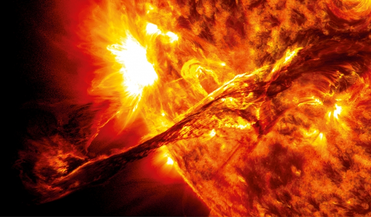 June 2019
Solar superstorms and their effects on Earth
June 2019
Solar superstorms and their effects on Earth
... since the legendary 1859 Carrington Event. The intensity of a solar superstorm is measured by the velocity and size of a coronal mass ejection - a magnetic bubble of hot solar atmosphere thrust from the Sun into the solar wind. CMEs are...
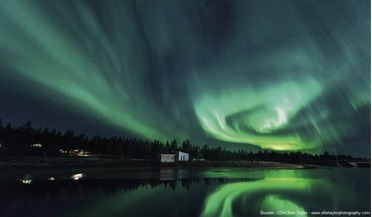 May 2021
Forecasting space-weather effects on Earth
May 2021
Forecasting space-weather effects on Earth
...which releases radiation into space. Sometimes, this release is accompanied by an ejection of plasma (hot clouds of ionised gas) from its surface. These are called Coronal Mass Ejections (CME), the frequency of which depends on the phase of the solar...
 April 2025
Life in the Sun’s atmosphere - the looming threat of solar storms
April 2025
Life in the Sun’s atmosphere - the looming threat of solar storms
... events can have global repercussions. Prediction timeframes vary – solar flares can impact Earth in minutes, while coronal mass ejections (CMEs) may take hours or days. Current forecasting capabilities provide some warning, but there are gaps...
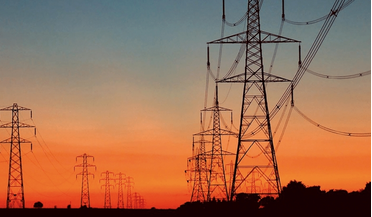 August 2019
Lessons from the Sun
August 2019
Lessons from the Sun
..., they could not know that associated with the flares were two ‘plasma cannonballs’ (now known as coronal mass ejections or CMEs) were aimed at Earth. The CMEs arrived at Earth in tandem early on 4 August. Travelling through interplanetary space...
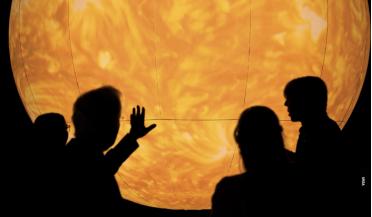 November 2025
Vantage Vigil - Europe’s first operational space weather mission nears approval
November 2025
Vantage Vigil - Europe’s first operational space weather mission nears approval
... four- to five-day lead time for potentially hazardous space weather. Equally critical is its role in tracking coronal mass ejections (CMEs) in real-time after they erupt, enabling more accurate estimations of impact time, location and intensity...
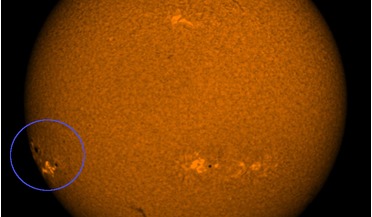 25 November 2020
Solar astronomers "listening" to the Sun can now predict future sunspots
25 November 2020
Solar astronomers "listening" to the Sun can now predict future sunspots
... the more tangled the magnetic field, the more likely it will result in large solar flares and coronal mass ejections that can end up on a collision course with Earth. When the charged solar particles hit Earth's magnetic...